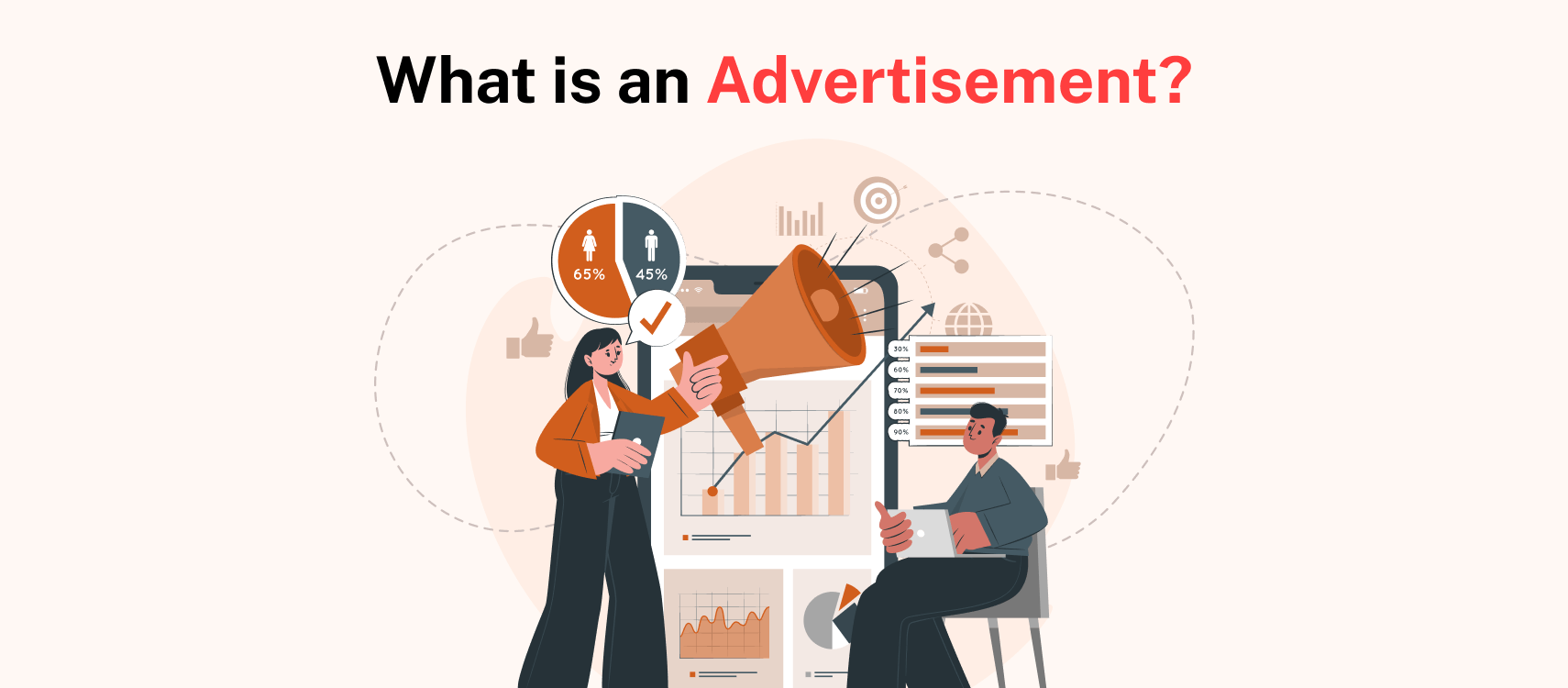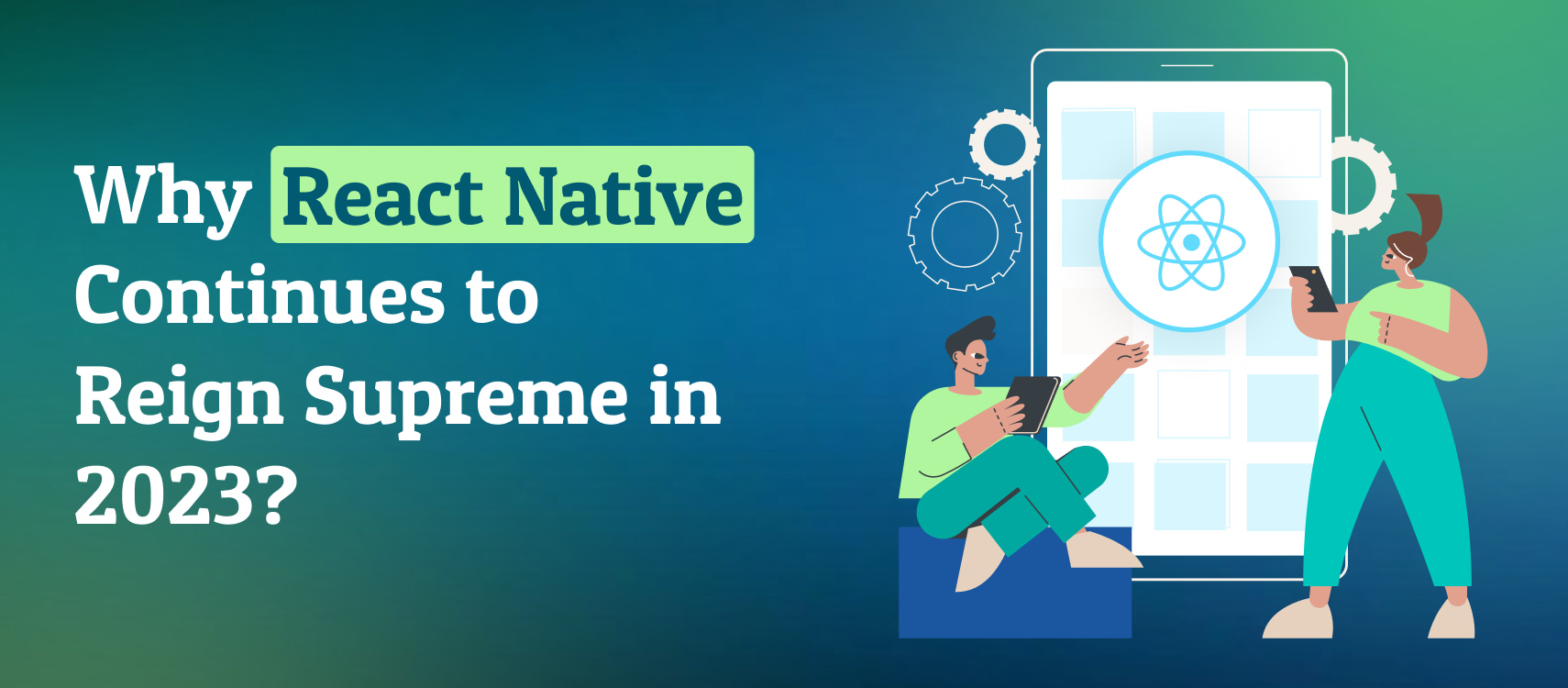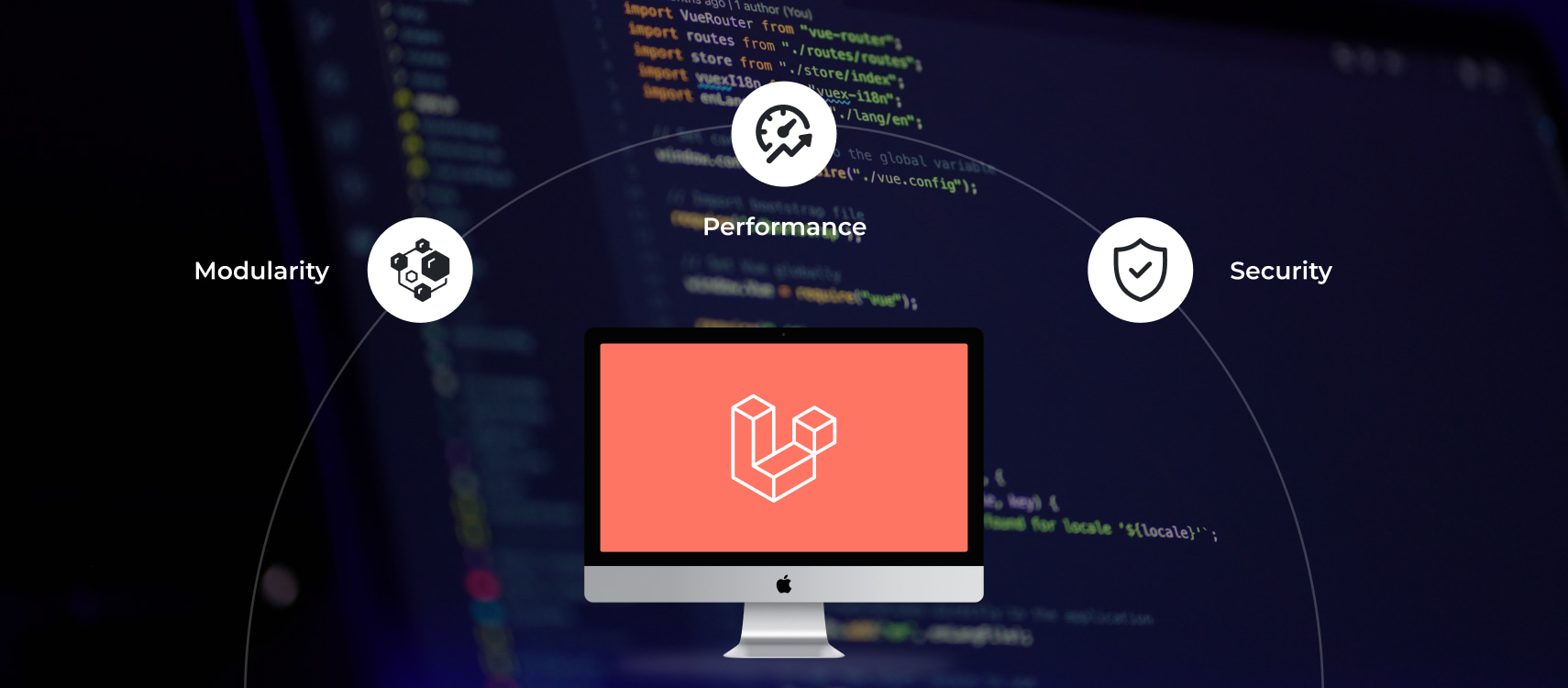Table of Contents
- UI/UX Mistakes and Solutions
- Summarising
Let’s begin with a typical scenario that many in app development world encounter. You come up with a breakthrough app idea and do everything to shape it into a unique product. You are excited throughout about its success and overwhelming popularity and cherished in thinking about the raised eyebrows of industry friends when they see your app. But alas, nothing of that sort really happened! After a month, the app enjoys far less traction than expected. And you begin to think, what really went wrong with it.
When a product underperforms, we often end up questioning its viability or its strengths against the competition. But often we forget that most apps simply fail because of not being able to transport the idea and accompanying technical attributes through a befitting design. Well, this is why knowing the most persistent UI/UX design glitches is so important for any app project.
Top UI/UX Mistakes and Solutions
Challenge 1: Deciding the Cognitive Load
Most apps irrespective of the industry niche face the dilemma between too thin and too heavy content and visuals. Since users these days are flooded with visuals and their attention span is steadily decreasing, you cannot hold their attention for reading large blocks of text or watching those heavy storytelling animations. Too much cognitive load will ultimately bring down their patience and push them to go elsewhere.
On the other hand, too thin content and visuals force them to connect the dots themselves. Minimalism going berserk can create a hollow impression. You cannot put your users in the middle of empty chairs and expect them to sit.
Solution:
What to do about this dilemma? Well, according to experts you have to decide the cognitive load as per the urgency, context, usability and characteristics of your audience. For a magazine app, long blocks of text can be still effective if you ensure easy readability. But for a Fintech app, it is more about streamlining information and functionalities as per user context and hence, cognitive load should be minimum.
Challenge 2: Contextualizing in-app Interactions
It is well known that most app users love interactions and getting suggestions or options just when they delay in deciding something. “What to do next” moments are common in app user’s journey irrespective of the niche. This is when interactions play a good role in pushing users to the next step.
But in-app interactions often cause unnecessary distractions if not used diligently. On a smaller screen interface an additional pop-up message always shrinks the space making it difficult to move fingers. When searching, users often find interactions distracting and out of context.
Solution:
You can actually use interactions as a better tool to engage users when you give attention to user contexts. When interactions appear on screen precisely in the context of user search or navigating behaviour, it actually allows them to get things done faster.
Challenge 3: Conflicting Design Priorities
Before the development phase the UI/UX design only sets the trajectory of priorities for the app. But if you have several mutually conflicting priorities, it can negatively impact the user experience. For example, an e-commerce app interface for one specific screen in the user journey can have one priority. When you need to pull a user to checkout page, showing a pop-up for Newsletter registration will only add to the dilemma.
Solution:
User journey mapping with potential scope of interactions and deviations should be well planned for every screen. Set list of concurrent priorities for every screen and make sure the design language aligns with the respective priorities for that screen.
Challenge 4: Backfired Intelligent Features
Intelligent features, such as predictive text, auto-fill, and recommendations, have become increasingly popular in apps. However, when these features don’t work as intended, they can frustrate users and hinder the overall experience. Predictive text that constantly suggests incorrect words or auto-fill that fills in the wrong information can lead to user errors and unnecessary frustration.
Solution:
To avoid backfired intelligent features, thorough testing and quality assurance are crucial. Implement robust algorithms and machine learning models that continuously learn and improve based on user feedback. Provide options for users to easily correct or override suggestions to regain control. Regularly monitor and analyze user interactions to refine and enhance the accuracy and relevance of intelligent features.
Challenge 5: Inconsistent or Confusing Navigation
Navigation is a critical aspect of UI/UX design that greatly affects user engagement and satisfaction. Inconsistent or confusing navigation patterns can confuse users and make it difficult for them to find what they’re looking for. Lack of intuitive menu structures, hidden or buried navigation elements, and unclear labeling can all contribute to a frustrating user experience.
Solution:
Create a clear and consistent navigation structure throughout the app. Use recognizable icons, logical grouping, and descriptive labels to guide users and make it easy for them to navigate. Conduct user testing and gather feedback to identify any pain points or areas of confusion and make necessary improvements. Keep the navigation simple, intuitive, and easily accessible from anywhere within the app.
Challenge 6: Poor Error Handling and Feedback
Errors are inevitable in any app, but how they are handled can make a significant difference in user experience. Insufficient or unclear error messages, lack of guidance on how to resolve errors, and not providing immediate feedback when an action is performed can leave users feeling frustrated and helpless.
Solution:
Implement effective error handling and feedback mechanisms. Provide clear and concise error messages that explain the issue and offer actionable steps to resolve it. Guide users on how to correct errors or provide alternative options. Ensure that feedback is provided promptly when users perform actions to provide reassurance and visibility into their interactions. Conduct user testing to identify potential error scenarios and optimize the error handling process accordingly.
Challenge 7: Lack of Accessibility
Accessibility is a critical aspect of UI/UX design that is often overlooked. Failing to consider the needs of users with disabilities can result in exclusion and a poor user experience. Insufficient color contrast, inaccessible navigation structures, and lack of support for assistive technologies can make it challenging for users with disabilities to access and navigate the app effectively.
Solution:
Ensure that the app follows accessibility guidelines and standards, such as WCAG (Web Content Accessibility Guidelines). Use color combinations with sufficient contrast to aid readability for users with visual impairments. Implement alternative text descriptions for images to enable users with visual disabilities to understand the content. Provide keyboard navigation options and ensure compatibility with assistive technologies, such as screen readers. Conduct accessibility testing and involve users with disabilities in the design process to identify and address any accessibility barriers.
Challenge 8: Inadequate User Feedback and Iteration
Building a successful app requires ongoing iteration and improvement based on user feedback. However, many apps fail to incorporate a robust feedback mechanism or overlook the importance of continuously iterating based on user insights. Without a feedback loop, it becomes difficult to address usability issues, understand user preferences, and meet evolving user needs.
Solution:
Implement a comprehensive user feedback system within the app, allowing users to easily provide feedback, report issues, and suggest improvements. Actively collect and analyze user feedback to identify pain points, areas of improvement, and feature requests. Regularly iterate and release updates that address user feedback and enhance the user experience. Engage with users through user testing, surveys, and user interviews to gain deeper insights and ensure continuous improvement based on user needs and expectations.
Summarising
By addressing these additional challenges of accessibility and user feedback, app developers can create inclusive and user-centric experiences that cater to a diverse user base and drive long-term user engagement and satisfaction. With a focus on continuous improvement and iteration, apps can overcome design glitches, deliver exceptional user experiences, and stand out in the competitive app market.










